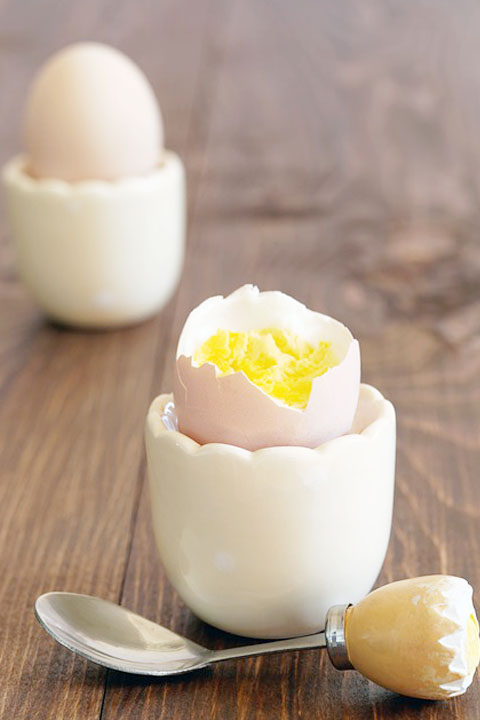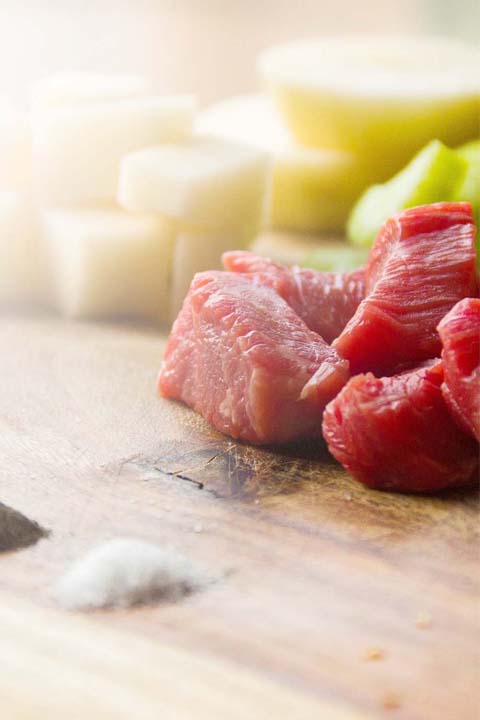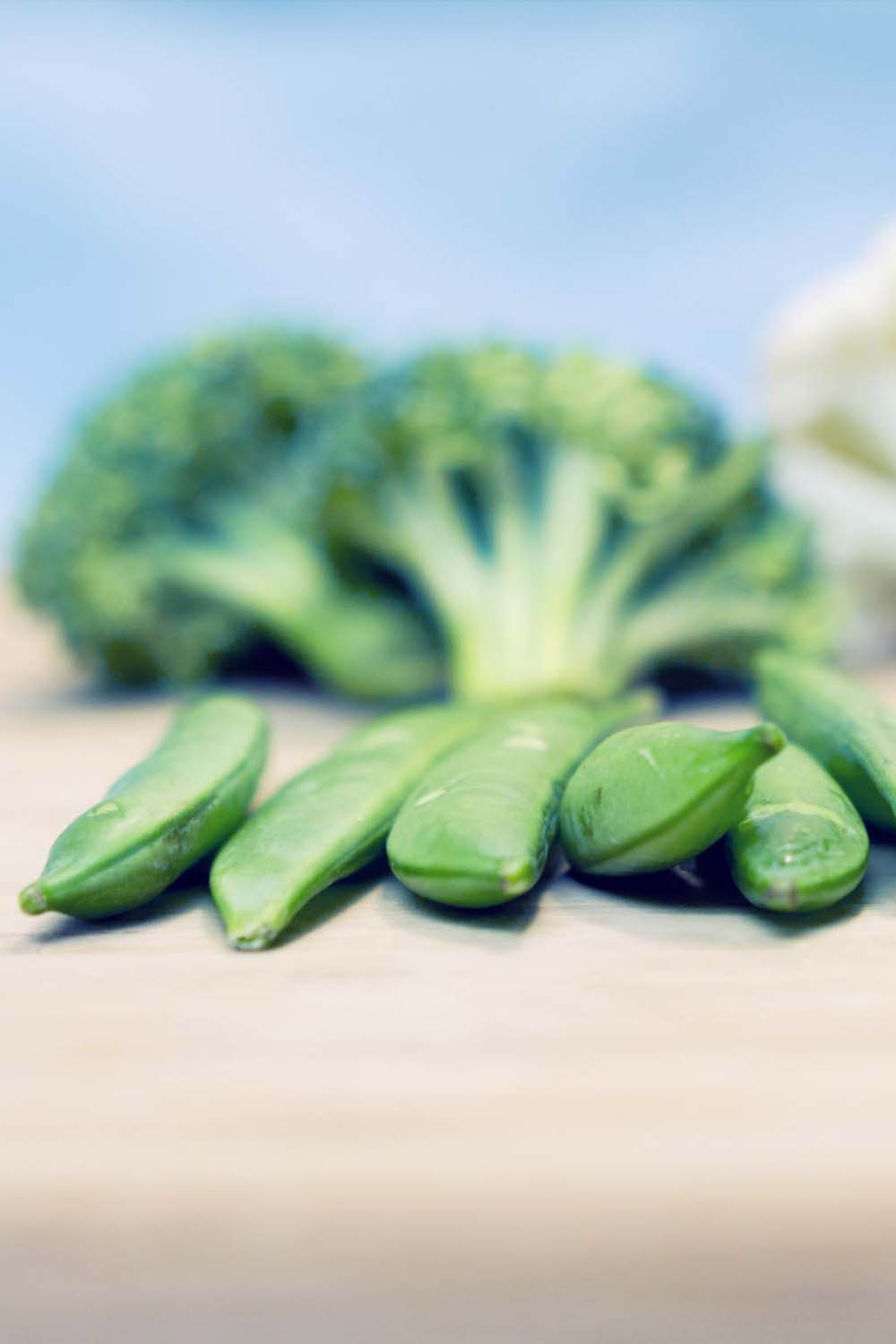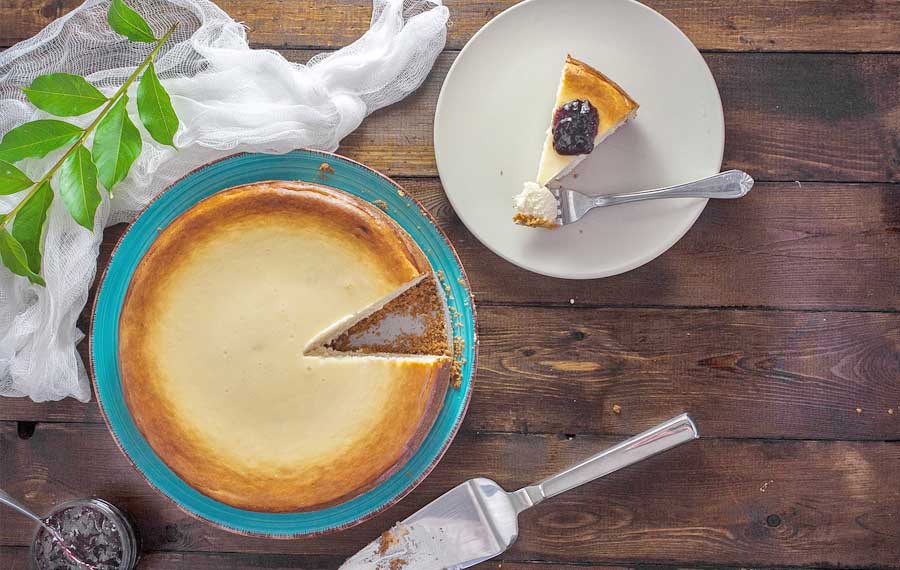
Seafood is an excellent source of protein and healthy fats, making it a great choice for low-carb diets. Seafood, including fish, shellfish, and crustaceans, is naturally low in carbohydrates. Most seafood contains little to no carbohydrates, making it an ideal choice for those looking to reduce their carb intake.
They are high and is a rich source of high-quality protein. Protein is essential for maintaining and building lean muscle mass, and it also helps keep you feeling full and satisfied, which can aid in weight management. Seafood, especially fatty fish like salmon, mackerel, and sardines, is abundant in healthy fats, such as omega-3 fatty acids. These fats have numerous health benefits, including reducing inflammation, supporting heart health, and promoting brain function. Seafood is packed with essential nutrients like vitamins D, B12, and selenium, as well as minerals like iron and zinc. These nutrients play crucial roles in various bodily functions and overall health.
Foods with a low glycemic index (GI) cause a slower and more gradual rise in blood sugar levels. Seafood generally has a low GI, making it suitable for individuals managing blood sugar levels. Seafood can be prepared in various ways, from grilling and baking to steaming and pan-frying. This versatility allows you to create delicious and satisfying low-carb meals without getting bored with your options.
Here are some essential seafood options to include in your low-carb meal plans:
Salmon
.jpg)
Salmon is a great choice for low-carb diets as it’s high in protein and healthy fats and low in carbs. Here’s a breakdown of the carb content in salmon:
-
Fresh salmon: Fresh salmon is very low in carbs, with less than 1 gram of carbohydrate per 3-ounce serving.
-
Canned salmon: Canned salmon is also low in carbs, with less than 1 gram of carbohydrate per 3-ounce serving.
-
Smoked salmon: Smoked salmon is slightly higher in carbs than fresh or canned salmon, with around 1-2 grams of carbohydrate per 3-ounce serving.
Salmon is also a good source of omega-3 fatty acids, which are important for heart health and brain function. It can be prepared in a variety of ways, such as grilled, baked, or broiled, and can be served with low-carb vegetables like broccoli, asparagus, or spinach. It’s a versatile ingredient that can be used in salads, omelets, and even as a topping for low-carb pizza.
Shrimp/Prawn

Shrimp (Prawn too) is a great option for low-carb diets as it’s high in protein and low in carbs. Here’s a breakdown of the carb content in shrimp:
-
Fresh or frozen shrimp: Fresh or frozen shrimp is very low in carbs, with less than 1 gram of carbohydrate per 3-ounce serving.
-
Cooked shrimp: Cooked shrimp is also low in carbs, with less than 1 gram of carbohydrate per 3-ounce serving.
-
Breaded or fried shrimp: Breaded or fried shrimp can be higher in carbs due to the coating, so it’s important to choose a low-carb coating if possible or avoid it altogether.
Shrimp is also a good source of other important nutrients, such as selenium and vitamin D. It can be prepared in a variety of ways, such as grilled, sautéed, or boiled, and can be served with low-carb vegetables like zucchini, bell peppers, or cauliflower rice. Shrimp is a versatile ingredient that can be used in salads, stir-fries, and even as a topping for low-carb pizza.
Tuna

Tuna is a great option for low-carb diets as it’s high in protein and low in carbs. Here’s a breakdown of the carb content in tuna:
-
Fresh or canned tuna: Fresh or canned tuna is very low in carbs, with less than 1 gram of carbohydrate per 3-ounce serving.
-
Tuna salad: Tuna salad can be higher in carbs depending on the recipe, so it’s important to choose a low-carb recipe or make your own using low-carb ingredients.
Tuna is also a good source of omega-3 fatty acids, which are important for heart health and brain function. It can be prepared in a variety of ways, such as grilled, baked, or broiled, and can be served with low-carb vegetables like kale, spinach, or mushrooms. Tuna is a versatile ingredient that can be used in salads, sandwiches, and even as a topping for low-carb pizza.
Cod

Cod is a great option for low-carb diets as it’s high in protein and low in carbs. Here’s a breakdown of the carb content in cod:
-
Fresh or frozen cod: Fresh or frozen cod is very low in carbs, with less than 1 gram of carbohydrate per 3-ounce serving.
-
Breaded or fried cod: Breaded or fried cod can be higher in carbs due to the coating, so it’s important to choose a low-carb coating if possible or avoid it altogether.
Cod is also a good source of other important nutrients, such as vitamin B12 and phosphorus. It can be prepared in a variety of ways, such as grilled, baked, or broiled, and can be served with low-carb vegetables like broccoli, Brussels sprouts, or green beans. Cod is a versatile ingredient that can be used in fish tacos, soups, and stews, and can also be made into fish cakes or patties using low-carb ingredients.
Scallops

Scallops are a great option for low-carb diets as they’re high in protein and low in carbs. Here’s a breakdown of the carb content in scallops:
-
Fresh or frozen scallops: Fresh or frozen scallops are very low in carbs, with less than 1 gram of carbohydrate per 3-ounce serving.
-
Breaded or fried scallops: Breaded or fried scallops can be higher in carbs due to the coating, so it’s important to choose a low-carb coating if possible or avoid it altogether.
Scallops are also a good source of other important nutrients, such as vitamin B12 and magnesium. They can be prepared in a variety of ways, such as grilled, sautéed, or boiled, and can be served with low-carb vegetables like asparagus, mushrooms, or peppers. Scallops are a versatile ingredient that can be used in stir-fries, salads, and pasta dishes made with low-carb alternatives like zucchini noodles or spaghetti squash.
Remember to pair your seafood with low-carb vegetables and healthy fats, such as avocado or olive oil, to create a balanced and nutritious meal.








Leave a Reply